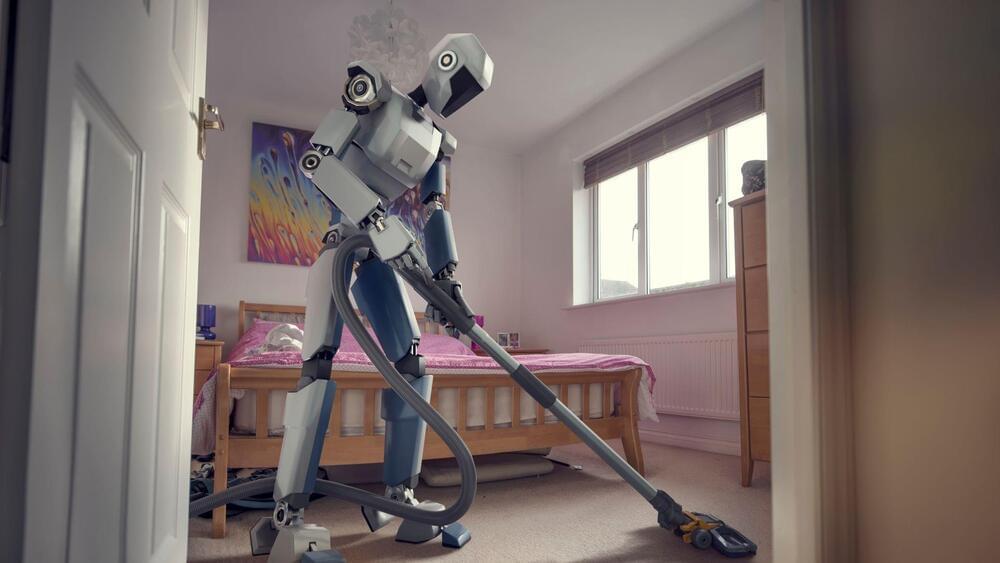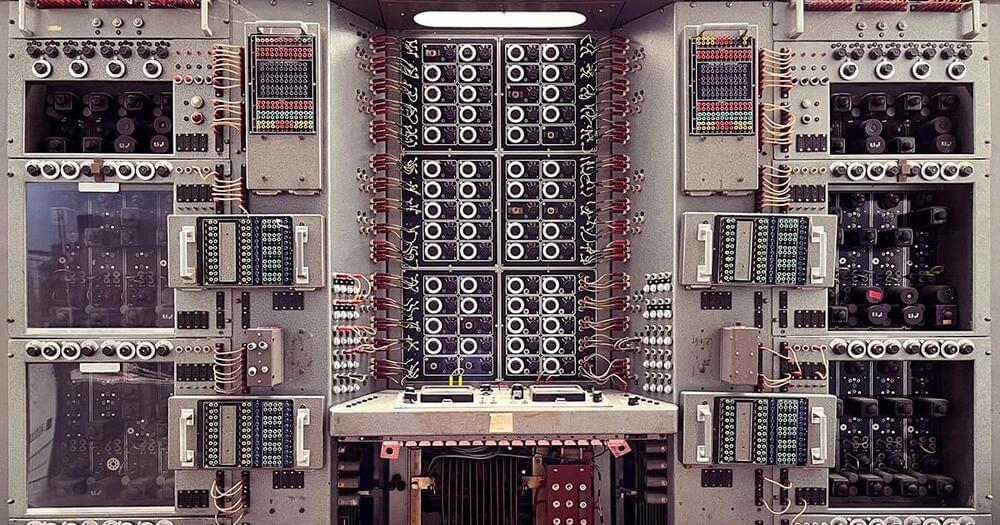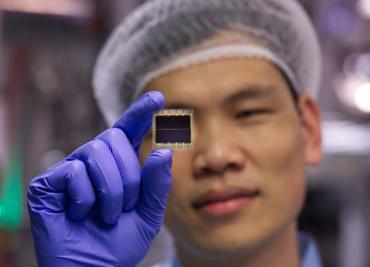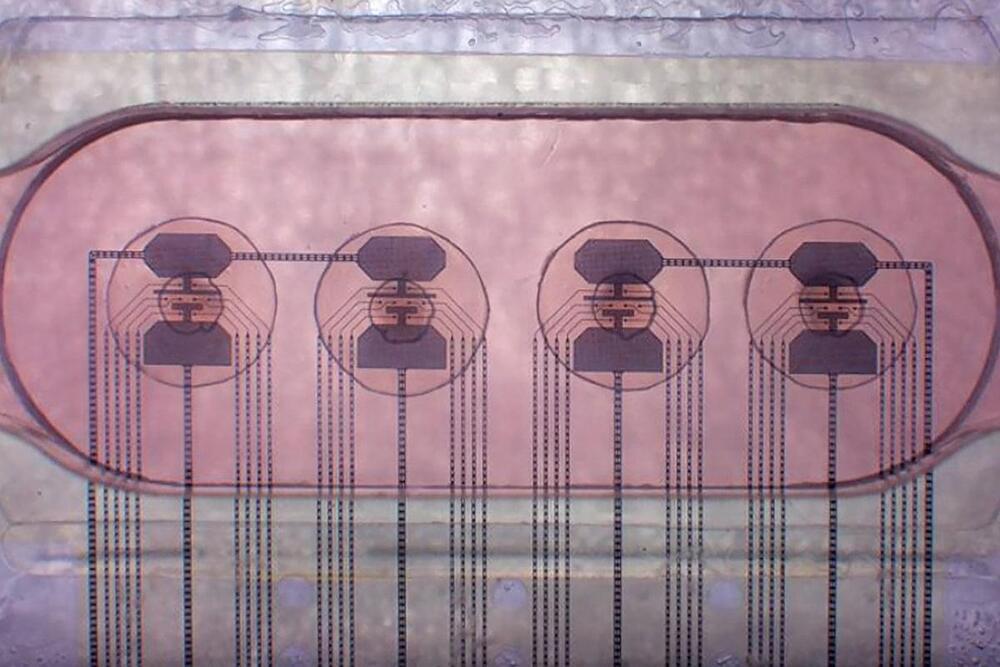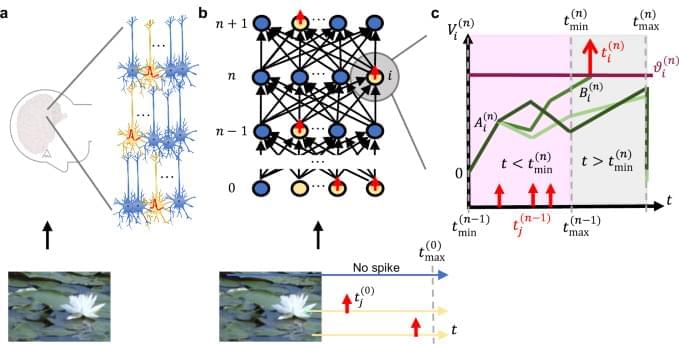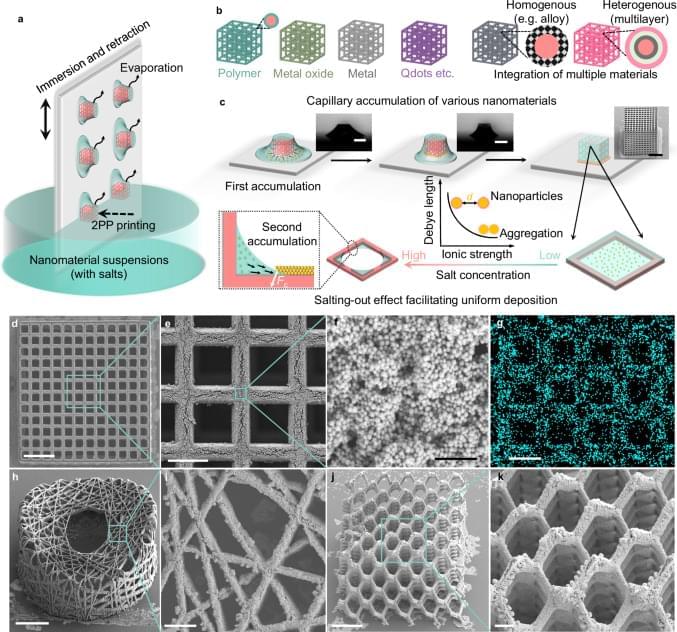Aug 9, 2024
Did Einstein Crack the Biggest Problem in Physics…and Not Know It?
Posted by Cecile G. Tamura in categories: computing, cosmology, quantum physics
Join Brian Greene and a team of researchers testing Google’s quantum computer to glean new insights about quantum gravity from their impressive–if controversial–results.
Participants:
Maria Spiropúlu.
Joseph Lykken.
Daniel Jafferis.
Continue reading “Did Einstein Crack the Biggest Problem in Physics…and Not Know It?” »

